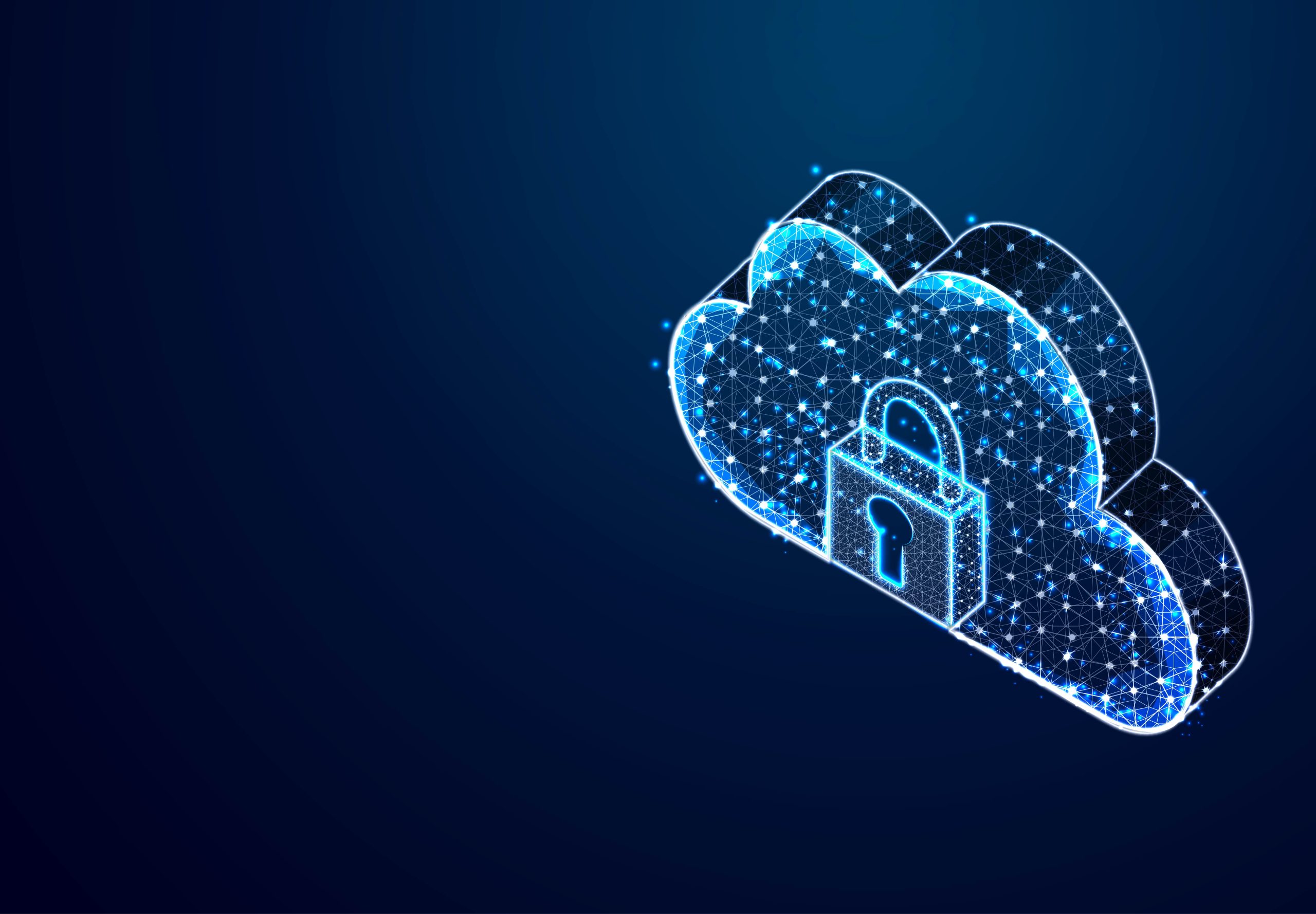Are you looking for a way to ensure your data is safe in the cloud? If you answered yes, then this blog is for you! As more businesses transition to the cloud, a variety of important considerations must be taken into account to ensure that your data is safe and secure. We’ll be discussing in detail the steps and processes that must be followed to ensure that your cloud security is top-notch.
This blog will discuss four checklist pointers to help you secure your cloud environment and protect your data from potential threats. We’ll look at how to implement security measures, how to monitor your environment, and best practices for preventing breaches. By the end of this blog, you’ll better understand how to keep your data safe in the cloud. So let’s get started!
An Overview of the Cloud-Based Security
Cloud security is the policies, technologies, and controls that protect cloud-based systems, data, and infrastructure from cyber-attacks. These policies, controls, and technologies are designed to protect cloud-based systems, data, and infrastructure from unauthorized access, malicious attacks, and data loss or leakage. It also helps to ensure the privacy, availability, and integrity of the cloud-based systems, data, and infrastructure.
- Access Controls: Establish and maintain appropriate access controls to limit access to systems and data to those with a legitimate need to access them. This includes authentication, authorization, and user management.
- Network Security: Implement measures for network security, such as firewalls, intrusion detection and prevention systems, and virtual private networks.
- Data Security: Securely store, process, and transmit data in the cloud. This includes encryption, data classification, and key management.
- Monitoring and Logging: Monitor and log activities in the cloud environment and alert administrators of suspicious activity. This includes logging user access, system events, and suspicious activity.
The Importance of Cloud Security
Cloud security is an essential part of keeping data safe and secure. As businesses move more and more data to the cloud, it is essential to ensure that the data is kept secure and that the cloud storage provider is reliable. Cloud security involves a variety of measures and technologies, such as encryption, authentication, access control, and data loss prevention, to protect data stored and shared on the cloud. With the right security measures, businesses can enjoy the benefits of the cloud while keeping their data safe from unauthorized access and malicious actors.
Checklist Pointers on Your Cloud Security
Securing your cloud environment is essential to protect your data and systems against malicious attacks. To ensure the safety of your cloud-based assets, here are four key checkpoints to bear in mind.

1. Utilise Multi-Factor Authentication
Multi-factor authentication is a great way to secure your cloud system. It helps to ensure that only authenticated users can access the system by requiring two or more authentication methods. This could involve a combination of something you know (such as a password), something you have (such as a code sent via SMS), or something you are (such as biometric authentication).
Benefits of Multi-Factor Authentication
- Improved security: Multi-factor authentication adds an extra layer of security to your online accounts, making them more difficult to access by unauthorized users.
- Reduced risk of fraud: By requiring multiple authentication factors, you can limit access to your data and reduce the risk of fraud.
- Greater convenience: Multi-factor authentication can be set up to be more convenient for users. Users can access their accounts quickly and easily with options such as push notifications, emails, and text messages.
- Enhanced user experience: Multi-factor authentication can provide a more secure and streamlined experience for users, making it easier for them to access the needed services.
2. Encrypt Sensitive Data
Data encryption is important in protecting sensitive data stored in the cloud. It helps ensure that only authorized users can access the data and that it is unreadable. You should use encryption for any sensitive data stored in the cloud and any data transmitted over the network.
Benefits of Encrypt Sensitive Data
- Improved Data Protection: Encrypting sensitive data helps protect against unauthorized access and data breaches.
- Increased Privacy and Compliance: Encryption helps ensure that only authorized personnel can access data, helping to meet compliance and privacy requirements.
- Enhanced System Security: Encryption can also help protect against malicious software and protect networks from attack.
- Improved Data Portability: Encryption helps to ensure that data can be securely transferred to other systems and locations.
3. Implement Security Monitoring and Alerts
Security monitoring and alerts are an important part of cloud security. They help to detect suspicious activity on the system and alert you so that you can take action. You should set up security monitoring systems to monitor for suspicious activity and configure appropriate alerts so that you can respond quickly if necessary.
Benefits of Implementing Security Monitoring and Alerts
- Increased visibility into the cloud environment: Security monitoring and alerts provide visibility into the cloud environment, allowing organizations to detect threats and suspicious activities as they happen.
- Early detection of potential threats: Security monitoring and alerts can detect them before they become major security issues.
- Mitigation of security threats: Security monitoring and alerts can help organizations quickly identify and mitigate security threats, preventing or reducing their damage.
- Improved compliance: Security monitoring and alerts help organizations maintain compliance with industry regulations and standards.
4. Update Security Policies Regularly
It is important to keep your cloud security policies up to date. This means regularly reviewing and updating them to ensure that they continue to meet your organization’s needs. You should also ensure that all users are aware of the policies and understand their responsibilities regarding security.
Benefits of Updating Security Policies Regularly
- Establishes clear expectations: Establishing clear expectations helps ensure that everyone knows what is expected of them regarding security, thus reducing the risk of accidental or malicious breaches.
- Improves compliance: A regularly updated security policy helps ensure an organization complies with the latest legal and industry standards.
- Prepares for emerging threats: Regularly updating security policies helps organizations prepare for new and emerging security threats.
- Increases awareness: Updating policies regularly increases security awareness among employees and other stakeholders, potentially reducing the risk of security breaches.
Conclusion
Cloud security is an essential part of keeping your business and data safe. With the right tools and strategies, you can ensure your data is secure and your business runs smoothly. By following the four checklist pointers outlined above, you can be sure that your cloud security is up to date and that your data is safe. Keeping your data secure is essential for the success of your business, so make sure to keep these four checklist pointers in mind when setting up your security measures. With these tips, you can ensure that your business’s data is secure, and you can focus on other aspects of running a successful business.
































































